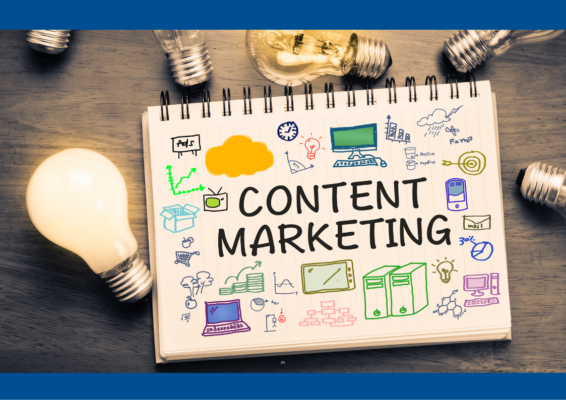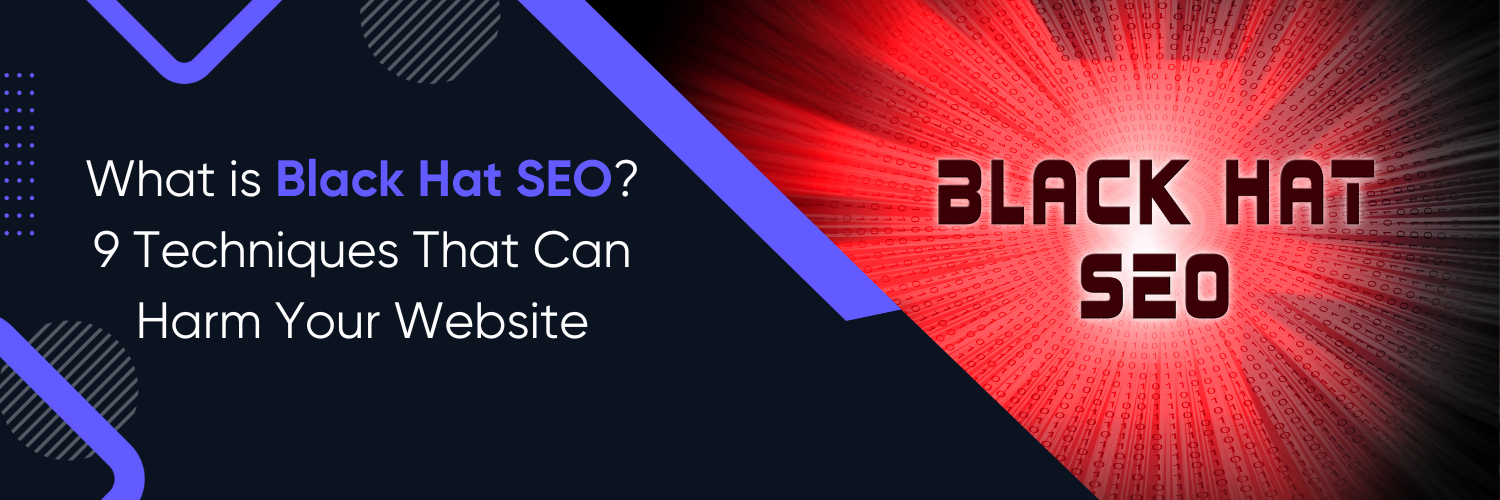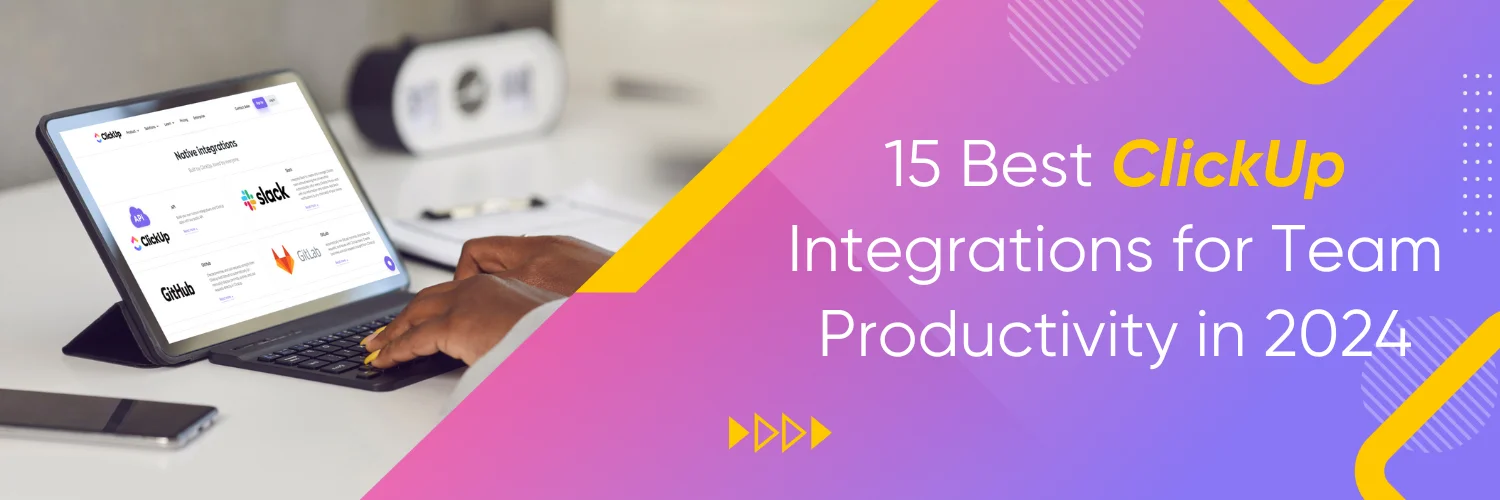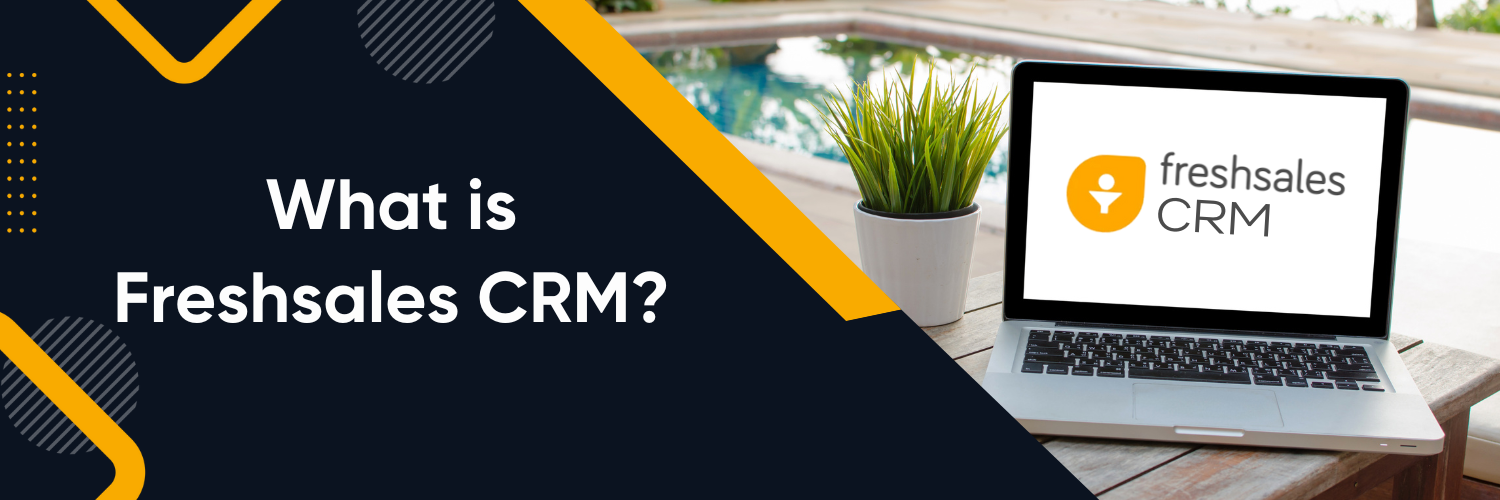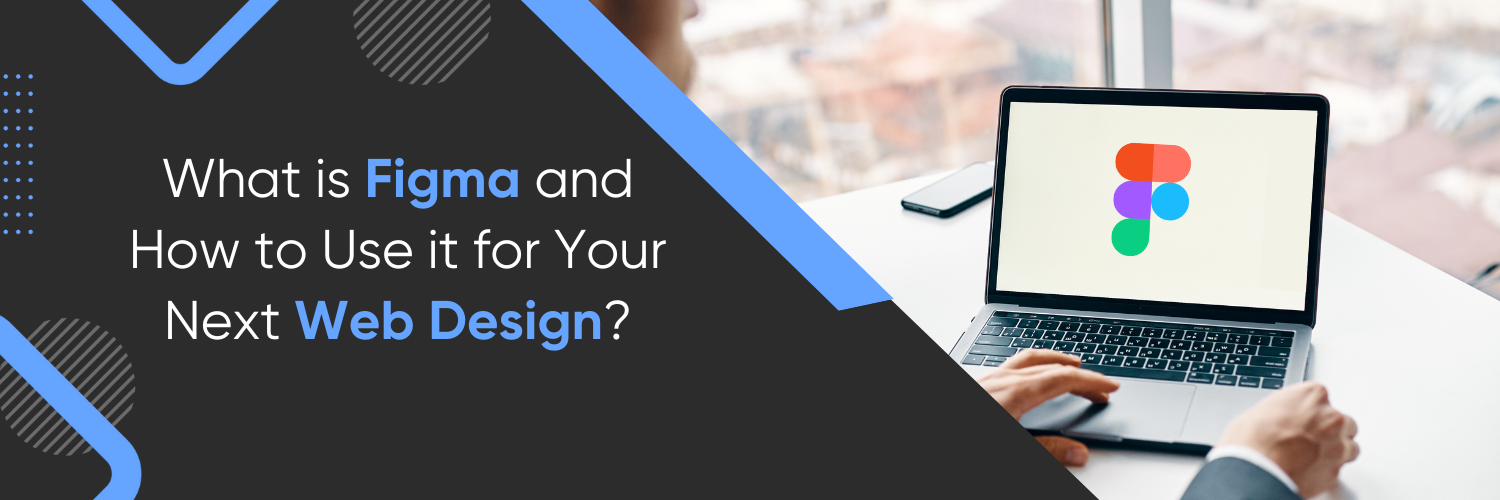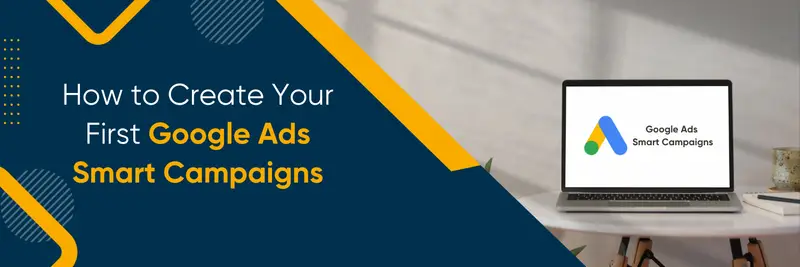What is Content Marketing?
Content marketing is the method by which you communicate relevant, interesting, and useful information to your customers. It helps to increase your brand awareness and loyalty, and it can also help you generate sales.
Why is Content Marketing Important?
Content marketing is one of the most popular ways to promote a business online. It’s cheaper than many traditional marketing methods and offers long-lasting results. Once it’s on the internet, it’s there forever. For this reason, content marketing is an especially important marketing tactic for smaller businesses that don’t have the generous marketing budgets of larger companies. The key to successful content marketing is to give people a reason to read your content.
Content marketing can be very inexpensive. You don’t have to spend a lot of money to create professional videos, graphic elements, or to create Facebook Live videos that take less than a minute to produce. With the right approach, you don’t need a lot of money to engage with your audience, and you can build brand awareness. When your content is “on-topic,” it will be more likely your audience will recognize your brand and develop a positive association with your business. This leads to higher customer satisfaction, improved brand loyalty, and increased sales.
Content marketing is a form of online marketing that generates leads. People who have seen your content are more likely to buy from you in the future. Using calls-to-action in your content marketing, you can send viewers to a landing page where they can sign up for a discount or download a white paper that’s of interest to them. Once they’ve visited your website, you can also retarget them using paid advertising.
The Different Types of Content Marketing
There are many kinds of content marketing. Some of the most popular are:
1. Social Media Marketing
Australians spend more than 40% of their waking hours online, with most of us on social media for almost two hours each day. Social media can be used to share photos, live and pre-recorded videos, and other content marketing assets you’ve created. Good social media marketing will be shareable across several social platforms, including Facebook, Instagram, LinkedIn, and even Pinterest.
2. Blog content marketing
Blogs are more labour-intensive than many other forms of content marketing, but they’re an effective way to build an audience, market your product or service, and grow your business. Blogging is a great way to establish yourself as an expert in your field, and well-executed blogs posted to your website will give your SEO a boost.
3. Video content marketing
86% of businesses use video as a marketing tool, and 93% say that video is an important part of their marketing strategy. Consumers love the ease of watching a video to learn more about a product or service, and the ability to create live videos on social platforms like Instagram and Facebook means you can easily share content in this way without spending hours on scripting and production.
4. Podcast marketing
Podcasting is the audio world of content marketing and is a relatively small market compared to other content marketing formats. Unlike blogs and video content, users can listen to a podcast while they’re doing something else – such as driving, catching public transport, or even cleaning the house.
5. Paid content marketing
Paid content marketing lets you reach your audience wherever they are – but at a cost. From pay-per-click (PPC) advertising via Google AdWords to paid social media promotion and influencer marketing, paid content marketing can ensure your brand is in front of your target audience wherever they’re online.
How to Build Content Marketing Strategies
1. Set clear goals
The objective of your content marketing strategy should be clear, measurable, and support your broader marketing strategy. Common goals are to:
- Improve brand awareness
- Expand your audience
- Boost conversions
- Build brand loyalty
- Increase customer engagement
2. Decide how you’ll measure your performance
Say you’re looking to expand your audience. Website traffic, social media followers, subscribers, social shares and backlinks are all helpful metrics to track.
3. Choose the type of content you’ll create
What type of content marketing will you focus on? Think about your target audience – do they need detailed product information or are they just looking to buy from a fun, playful brand? Look at other successful businesses in your space for inspiration.
4. Select your content marketing channels
Where will you share the content you’ve created? If you’re a consumer business, Facebook and Instagram are the go-to channels; if your content marketing is B2B focused, consider channels like LinkedIn.
5. Set a budget
Set – and stick to – a defined budget for your content marketing strategy. If you’re just starting out, consider do-it-yourself content creation using affordable tools like Canva. If you have more money to spend, you could outsource to professional designers or copywriters.
6. Measure your results
Track and analyse your content marketing results regularly so you can tweak your strategy and ensure you’re getting maximum bang for the buck. Consider your results by content type and channel, and use this information to refine your approach for future content marketing efforts.
Benefits of Content Marketing
Content marketing is where you create content that is directly related to your product that is valuable, educational and entertaining and is released regularly. Here are some useful benefits in successfully strategising your content marketing:
- Increased Brand Awareness: One of the primary advantages of content marketing is that it helps boost your brand’s visibility. By consistently creating and sharing high-quality content, you can reach a broader audience and make your brand more recognizable. When people regularly see your content on various platforms like social media, blogs, or YouTube, they become more familiar with your brand. This increased exposure can lead to higher brand recall and, eventually, more customers associating your brand with the products or services you offer.
- Improved Customer Engagement: Creating engaging and informative content allows you to connect with your audience on a deeper level. When your content resonates with your target audience, they are more likely to interact with it through likes, comments, shares, and discussions. This engagement not only builds a sense of community around your brand but also provides valuable feedback and insights into your customers’ needs and preferences. Content marketing fosters two-way communication, making it easier to build trust and lasting relationships with your audience.
- Enhanced SEO and Website Traffic: Content marketing can significantly impact your website’s search engine optimization (SEO). When you consistently publish relevant and valuable content, search engines like Google take notice. They reward websites that provide helpful information with higher rankings in search results. As your website climbs the search engine rankings, it becomes more visible to people searching for related topics, products, or services. This increased visibility leads to a surge in organic website traffic, which can ultimately translate into more leads and conversions.
- Authority and Credibility Building: Creating authoritative content establishes your business as a trusted source within your industry. When you consistently provide valuable insights, expertise, and solutions to your target audience’s problems, you become a go-to resource. This recognition builds trust and credibility, which are essential for attracting and retaining customers. People are more likely to choose a business they trust, and content marketing helps you achieve that trust through informative and relevant content.
- Cost-Effective Marketing: Compared to traditional advertising methods like TV commercials or print ads, content marketing is a cost-effective strategy. While it does require an investment in terms of time and resources, it often yields a higher return on investment (ROI) in the long run. Once you’ve created valuable content, it continues to work for you over time. For example, a well-written blog post or video can attract and engage an audience for months or even years. This longevity means you’re getting ongoing value from your initial investment, making content marketing a cost-effective and sustainable marketing approach.
Using HubSpot in Content Marketing
When it comes to content marketing – it’s crucial that you make sure that you know what works and what doesn’t. This is where HubSpot comes into play.
HubSpot is an amazing tool for helping you create a powerful content marketing strategy. In this course, we will use HubSpot as the foundation of our content marketing strategy. We will then move on to create some great content marketing campaigns using this tool.
Here are some advantages of using HubSpot in Content Marketing Strategies:
1. Content Delivery Network (CDN)
You need a content delivery network to ensure that your content is always available. It’s important to have a good content delivery network because the internet is so vast, you simply can’t deliver everything to your customers from your own website.
It helps you deliver your website content quickly and provides an excellent user experience while also helping your search engine rankings. Your content remains accessible to end-users during high-stress situations, such as excessive user traffic, intermittent spikes, and potential server outages. Your content is safe from a variety of attacks, without any malicious entities compromising its delivery or availability. It provides insights into your end-user connectivity, device types, and browsing experience.
2. Using live chat and chatbot for Content Marketing
Use live chat and chatbots to quickly connect and engage with people who are on your website. They will allow you to share content with your website visitors while they are most engaged with your business online.
You can add Live Chat to your open-source site for an additional charge or you can add Live Chat and Chatbots to HubSpot.
3. Campaign supporting assets for Content Marketing
We created HubSpot to allow anyone to create, publish, and manage Calls-to-Action, Landing Pages, Forms, Thank-You Pages, and Autoresponder Emails. These assets are vital to your lead generation efforts and can help personalize your website visitors’ experience. With HubSpot, you can create and customize all of these campaign-supporting assets with the same tools used to manage your website and blog.
As you receive leads through the forms on your website, you need to store them in a CRM for effective follow-up. The CRM must comply with international privacy regulations, such as the EU General Data Privacy Regulations (GDPR), and the growing number of US state privacy regulations. HubSpot’s CRM, CMS, and Marketing Hub have built-in options that make it easy for you to comply.
4. Blog article content
Blog articles are critical to your content publishing efforts in order to attract your audience and increase your domain authority and SEO effectiveness in search engines like Google. The HubSpot Blog Ideas Generator helps you come up with blog article titles for your blog topics. The HubSpot CMS Hub and Marketing Hub both include a blog to publish your articles.
HubSpot has a scheduling tool that makes it easy to plan your content. You can organize your blog articles and related social media posts using a content calendar.
Blogging is no longer an option for those serious about inbound digital marketing. It’s a necessity, and HubSpot has you covered.
5. Search engine optimization (SEO)
HubSpot includes a range of SEO tools that are integrated with all of its content tools. These SEO tools give you actionable recommendations on how to optimize your website for SEO. These include tools to help you with keyword research, competitive analysis, on-page optimization, and more. HubSpot also includes content strategy tools that provide you with content topic suggestions based on relevance, audience, and popularity.
You can view the performance of all your content on a reporting dashboard. Plus, Google Search Console integrates with the HubSpot platform, allowing you to get detailed reports on your SEO results. This makes it easier to determine what is or isn’t working, so you can take steps to improve your SEO performance.
6. Email marketing
Email marketing is the most important activity for any business. With HubSpot, you can use all your existing content to create effective and targeted email campaigns. You can also use HubSpot’s advanced email automation features to manage the entire campaign.
HubSpot is the best platform for marketers. It allows you to easily and quickly create professional-looking emails, add calls-to-action and images, and embed links to videos, files, and documents.
HubSpot makes it easy for sales professionals to send personalized emails to prospects at any stage of their buying process. Sales professionals can use a library of email templates to ensure they reach their prospects in the most effective way possible.
As an added advantage, HubSpot natively integrates with Microsoft Outlook and Gmail. You can send emails directly from Outlook or Gmail and have them tracked and logged into HubSpot CRM.
7. Paid advertising content
Content is the key to paid ad performance. But it can be time-intensive to create the same or similar ads across multiple ad platforms. HubSpot makes it easy to manage your Facebook, Instagram, LinkedIn, and Google ad campaigns all within its platform. Create, launch, manage, track, analyze, and optimize your paid ad campaigns within HubSpot for these major platforms.
But there’s more. By managing your ad campaigns inside the HubSpot system, you can easily identify the content that’s the most effective. Then identify the individuals who convert in each platform and from each ad to maximize your ROI.
It’s possible to learn a lot from Google Ads. You can even see which of your ads and keywords convert leads into customers. But it’s difficult to know which of those leads actually become customers and which ads and keywords brought the leads to your website.
8. Marketing automation content
HubSpot is the #1 marketing automation platform because it helps your content marketing efforts to ensure that the content is attracting and engaging your target audience and buyers across digital marketing channels. It allows you to know what content works best across all your channels and allows you to customize content to each user, through each stage of their buyer’s journey.
Content is a powerful tool to help you deliver the right message to the right person at the right time. Workflows are a tool to deliver the right content to the right people and at the right time to nurture your relationship with them.
9. Sales automation content
You can’t do anything in sales without content. Content marketing is important for selling, and sales automation helps sales teams reduce the time spent on each of these necessary, but time-consuming, tasks.
HubSpot provides automated sales management tools such as sales templates, snippets, and sales sequences. Sales professionals receive alerts when their contacts engage with their content, providing insight into what’s working and what isn’t, empowering them to respond in real-time.
Sales automation allows sales professionals to focus their attention on what really matters – making sales. It provides the tools to help you close the deal and track your performance.
The CRM is customizable to the specific needs of your sales team. It also provides amazing insights to your sales team, eliminating time-consuming tasks so they can focus on selling more. Sales Hub, an advanced version of the free CRM, further enhances the CRM’s ability to be an effective sales tool.
10. Customer service content
Consumers want to find high-valued content easily available when they need it. HubSpot has developed a range of self-service solutions through the Knowledge Base that is designed to make it easy for customers to solve their own problems. The Knowledge Base tool allows you to build a robust library of support articles that help your customers quickly find the information they are seeking. It’s not just an FAQ section on your website.
You can use the Knowledge Base tool to improve your articles. It analyzes what people are looking for and makes suggestions for your customers. HubSpot also provides live chat, team email, a chatbot, and Facebook messenger integration to give your customer service team the messaging tools and context for unlimited personalized conversations with your customers.
HubSpot offers great tools to understand how your customer service team is performing and what improvements you can make to delight your customers as they become brand ambassadors of your company.
Content Marketing Performance
In order to reach your business goals and maximize the ROI of your content marketing initiatives, you need to track, analyze, and optimize the performance of those content marketing tactics. One method for structuring your KPIs is by the various stages of Inbound Marketing.
You’ll get an easy-to-understand guide to using HubSpot. This book is designed to help you improve your marketing efforts by providing you with everything you need to know about how to use HubSpot.
The performance management is automated. It allows you to report on the performance of all your marketing, sales, and customer service activities. It is customized to the person and role within your company. HubSpot is a great tool for the performance of your marketing, sales, and customer service activities.
Why is HubSpot Great in Content Marketing?
HubSpot is a great tool for content marketing, and here’s why in simple terms:
- All-in-One Platform: HubSpot offers an all-in-one platform for content marketing. It includes features for creating and managing content, such as blogs, emails, and social media posts. This means you don’t need multiple tools, making your content marketing efforts more streamlined and efficient.
- User-Friendly: HubSpot is designed to be user-friendly, even if you’re not a tech expert. You can easily create and edit content, set up email campaigns, and manage your website without needing extensive technical knowledge. This simplicity saves time and allows you to focus on your content strategy.
- Content Management: HubSpot’s content management system (CMS) makes it easy to build and update your website. You can create and edit pages, add blog posts, and organize your content with a user-friendly editor. This helps in keeping your website fresh and engaging.
- SEO Optimization: HubSpot provides built-in tools for optimizing your content for search engines. You can easily add keywords, meta descriptions, and optimize images, helping your content rank higher in search results and attract more organic traffic.
- Analytics and Tracking: HubSpot offers detailed analytics and tracking features. You can see how your content is performing, which blog posts are popular, and how your email campaigns are doing. This data helps you make informed decisions to improve your content strategy.
- Lead Generation: With HubSpot, you can create forms and landing pages to capture leads. This is essential for content marketing because you want to convert visitors into leads and eventually into customers. HubSpot’s lead generation tools simplify this process.
- Personalization: HubSpot allows you to personalize your content based on visitor behavior. You can show different content to different segments of your audience, making your marketing more relevant and engaging.
- Social Media Integration: You can easily schedule and share your content on social media platforms using HubSpot. This helps you reach a wider audience and keep your social media presence consistent with your content strategy.
- Email Marketing: HubSpot’s email marketing tools make it easy to send targeted emails to your subscribers. You can create email campaigns, segment your audience, and track the performance of your emails.
Why Choose Ubique Digital Solutions – Platinum Partner of HubSpot
Content publishers should think like business owners, executives, and managers. Their target audience performs a vast amount of their research and education online, and they will decide who to reach out to, engage with, and decide who will earn their business.
You need a content marketing strategy that incorporates your content marketing plan and includes creating, publishing, promoting, tracking, and analyzing your content efforts to enable your company to achieve its business goals.
So if you want to know how to start utilising HubSpot for your content marketing, we recommend you to reach out to Ubique Digital Solutions. UDS helps you with anything HubSpot and this agency will surely make everything about content marketing easy and well strategies. Hurry and start your content marketing journey right with HubSpot. Reach out to us today.
FAQs
Q: What does content marketing do?
Content marketing promotes your brand, engages your audience, improves your website’s visibility on search engines, and establishes your authority in your industry.
Q: Is HubSpot used for digital marketing?
Yes, HubSpot is a popular tool for digital marketing, offering a variety of features to manage digital marketing efforts in one place.
Q: How do I start content marketing?
To start content marketing, define your goals, understand your audience, create valuable content, promote it, analyze the results, and stay consistent with your efforts.

